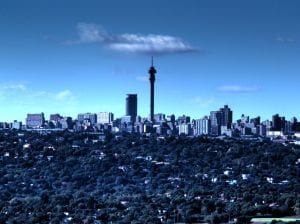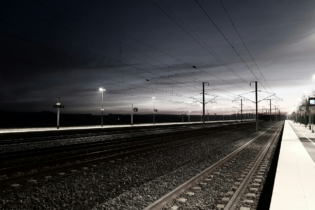South Africa’s spatial design policy has come under criticism for not transforming the apartheid geography.
Delegates at the Spatial Transformation of Cities conference recently hosted by the Johannesburg Development Agency discussed new ways in which cities can move away from spatial design of the past. Andries Nel Deputy Minister of Co-operative Governance and Traditional Affairs said government has built 3.3 million houses in the past 20 years and increased the levels of access to water and sanitation. However, he says, “In some ways the success that we have achieved in providing basic services such as housing has had unintended consequences of strengthening that apartheid geography.”In order to address this problem, government has introduced an Integrated Urban Development Framework discussion document. Professor Edgar Pieterse, chairperson of the panel of experts supporting the inter-ministerial committee producing the framework said, “We should stop building RDP houses in the way we do at the moment but rather do public housing which is a combination of the current model free standing house, with much stronger focus on rental stock.”
Evidence shows that the public transport systems have the greatest multiplier effect on the lives of the urban poor. Hubs should therefore be created where the transport modes meet and a focus should be placed on driving housing investment into the areas around these hubs. The retail sector needs to be incorporated around the hubs and with spaces for informal traders and small businesses. The City of Johannesburg has adopted this concept. “We call it stitching the city together. It is about introducing amenities and activity that changes the way people live,” said mayor Parks Tau.







